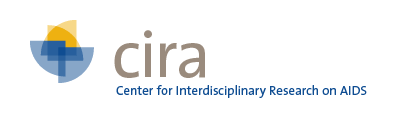| Abstract | The role of structural factors when evaluating the vulnerability of human immunodeficiency virus/sexually transmitted infection (HIV/STI) risks among young gay, bisexual, and other men who have sex with men is an important area of focus for HIV prevention. Using cross-sectional data from young men living in Metro Detroit (N = 319; aged 18-29 years; 50% black, 25% white, 15% Latino, 9% other race/ethnicity; 9% HIV-positive), we examined whether transactional sex with casual partners was associated with neighborhood-level socioeconomic disadvantage and individual-level factors (race/ethnicity and sexual identity, socioeconomic status, HIV/STI diagnoses, and substance use). Youth living in greater socioeconomic disadvantage reported more transactional sex (b = 0.11; SE = 0.04; p ≤ 0.01). This relationship was mitigated once individual-level correlates were entered into the model. Multilevel efforts to counteract socioeconomic deficits through community and individual level strategies may alleviate youth's exposure to transactional sex and reduce their vulnerability to HIV/STI risks. |


